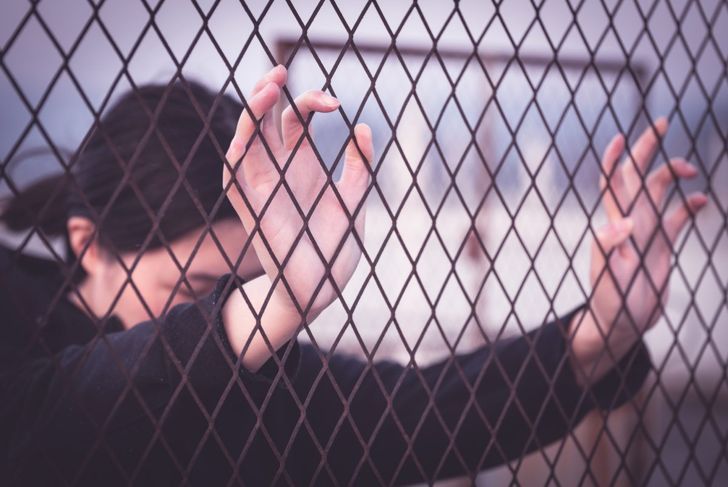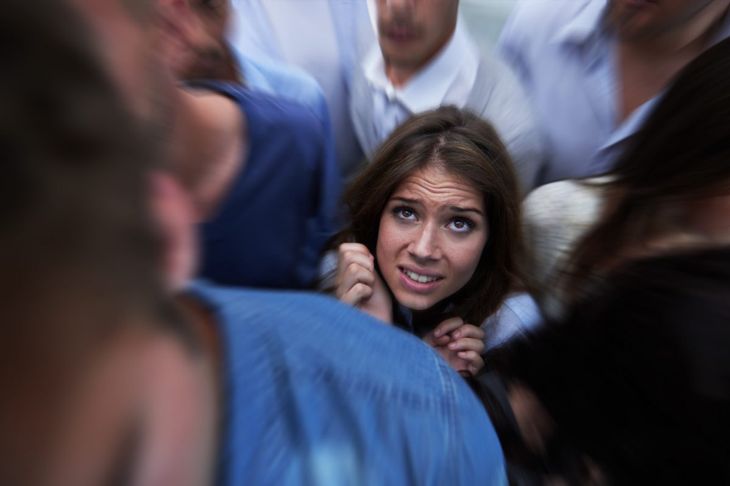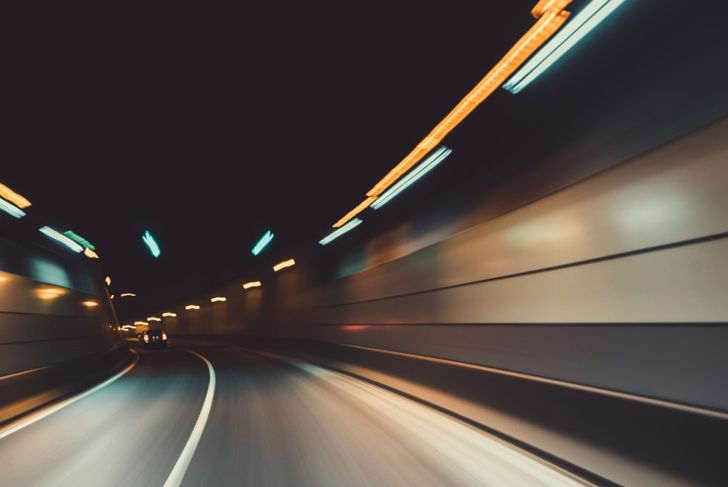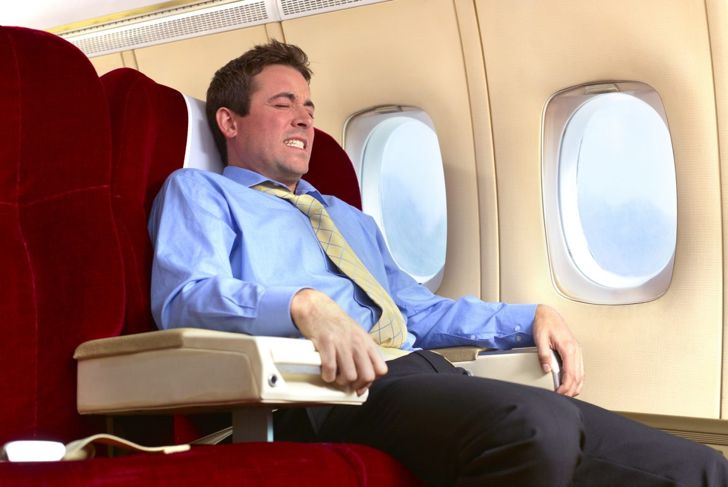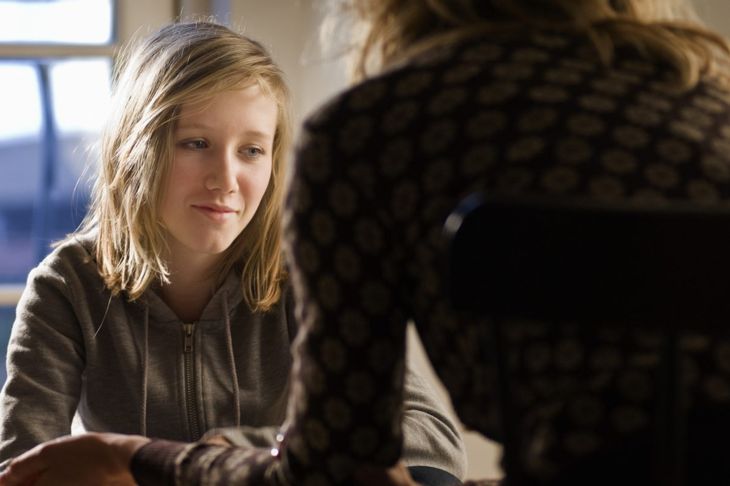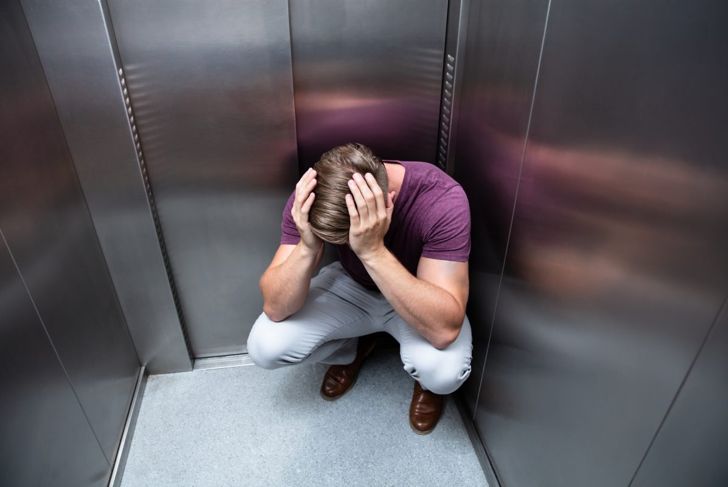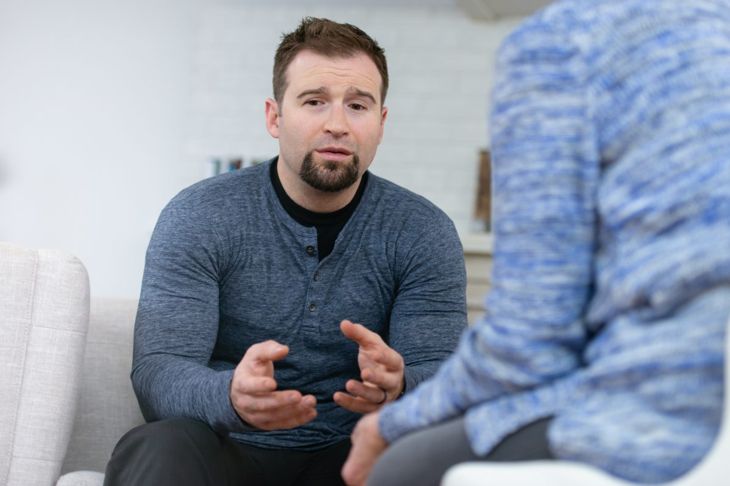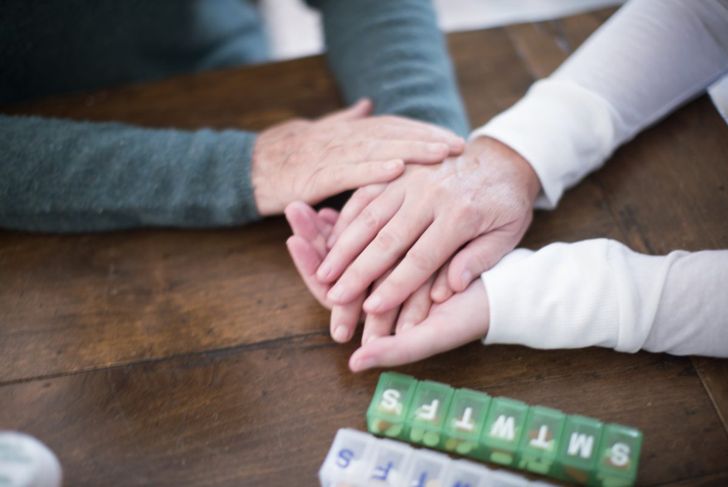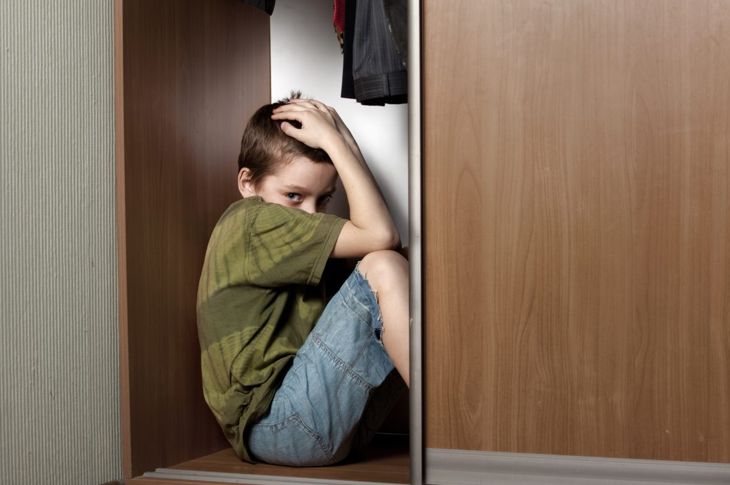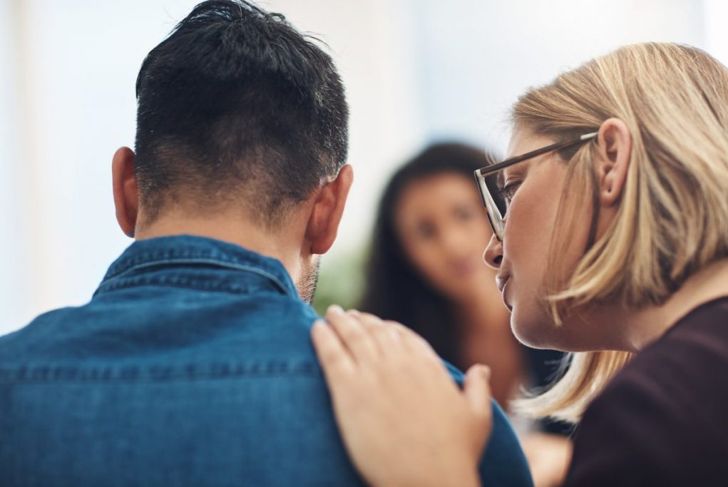Claustrophobia is the fear of confined spaces. The Diagnostic and Statistical Manual (DSM) 5 defines claustrophobia as a specific phobia, and it is typically diagnosed as an anxiety disorder. Many things can trigger claustrophobia, and there are many suspected causes. Some researchers believe that it has strong ties to other phobias.
Claustrophobia and Social Anxiety Disorder
Claustrophobia is considered a social anxiety disorder. Researchers believe that these conditions may be caused by a disruption in the frontal regions of the brain, specifically the amygdala. The amygdala is responsible for the body’s fight, flight, or freeze response. Claustrophobia may result from a subconscious reaction to perceived fear.
Avoiding Confined Spaces
The severity of claustrophobia differs from one person to the next. Some experience mild anxiety, while others develop severe anxiety or panic attacks. A common way people with claustrophobia cope is going through great lengths to avoid confined spaces. This avoidance is ultimately counterproductive as it often just reinforces their fears.
Triggers
Everyone with claustrophobia has individual triggers, but some of the most common include tunnels, elevators, subways, public restrooms, airplanes, and car washes. MRIs are also a big problem for people with claustrophobia. Some people experience such severe anxiety that just thinking about these situations can trigger a reaction.
Symptoms
People with claustrophobia experience both emotional and physical symptoms. They may feel overwhelmed by fear or anxiety and, although they know this is an irrational response, are unable to overcome it. Physical symptoms can include sweating, trembling, chills, hot flashes, nausea, butterflies in the stomach, increase heart rate, dry mouth, and ringing in the ears.
Diagnosis
The first step to evaluating claustrophobia is determining if the fear is a specific phobia or a normal fear. The doctor will ask questions about how this fear impacts the patient’s life, development, and family dynamics. Specific phobias like claustrophobia are associated with high prevalence of other conditions, including post-traumatic stress disorder, alcohol dependence, generalized anxiety disorder, and separation anxiety. The doctor will likely try to confirm or rule out these things to come up with an effective treatment plan.
Claustrophobia and Agoraphobia
Claustrophobia may also be considered a variant of agoraphobia. People with agoraphobia experience anxiety as a result of a fear of losing control or feeling trapped or embarrassed. This feeling becomes so overwhelming that the person goes through great lengths to leave the situation immediately. A phobia that is brought on by feeling physically or socially restrained from leaving demonstrates signs of both claustrophobia and agoraphobia.
Treatment
The main treatment for claustrophobia is cognitive-behavioral therapy, where the person works with a trained therapist to discuss distorted fears and beliefs. Interoceptive exposure is also helpful with some claustrophobia cases. This involves exposing the person to the physical sensation of anxiety in a safe, controlled setting. Treatment results are mixed. About 40 percent of people experience long-term benefits, but most do not gain complete remission.
Medication
Some medications can successfully treat claustrophobia. Benzodiazepines are the most common option. Studies show that some glucocorticoids are also effective. The mechanism is unknown, but glucocorticoids are naturally released by the body in times of stress. Patients who have undergone cognitive-behavioral therapy in combination with a glucocorticosteroid seem to do better.
Other Possible Causes
Claustrophobia is an anxiety disorder, but it can be caused by other factors as well. Traumatic events in childhood can trigger claustrophobia later in life, particularly if a person was trapped in a confined space or bullied or abused. Children with claustrophobic parents are at risk for developing it themselves as they may have associated small spaces with seeing their parents’ anxiety and being unable to help them.
Prognosis
People with claustrophobia have an 83 percent chance of having another phobia during their lifetime. They are also more likely to have some form of chronic anxiety disorder or other emotional conditions. While the right treatment can be effective, people with claustrophobia may need to continue stress and anxiety management throughout their lives, depending on the severity of their condition.

 Home
Home Health
Health Diet & Nutrition
Diet & Nutrition Living Well
Living Well More
More